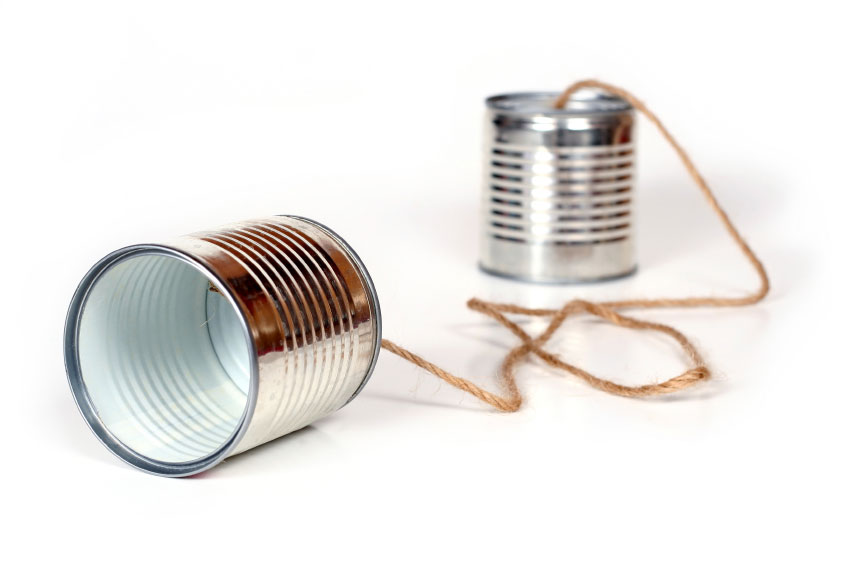Approximately eighty percent of our waking hours are spent listening. You would think, by the sheer fact that so much of our time is devoted to listening, we would be fantastic at it, real superstars. The reality is not very many of us are good at listening because of the way we listen. There are three levels of listening: passive, judgmental and active. The one that takes the most work is active listening, and, often, it is least used. Consider the following levels of listening and assess which modality you routinely use and whether it gets the results you want.
Passive Listening
This is the kind of listening we do when we are multi-tasking. For example, it is the kind of listening a teenager son might do while simultaneously working on math homework and listening to television. If you ask if he has fed the dog, he may respond, “Yeah” without really processing what you have said.
Listening passively at home is one thing, but listening passively to our customers, our boss or our co-workers can cause serious problems. Not only does it show disrespect, but it suggests that what you are doing takes precedence over what they are saying. People who don’t feel valued get angry. People on the phone will know you are passively listening when they hear the click of your computer keys, when you ask them the same question more than once or when you respond incorrectly. Being a passive listener is risky.
Judgemental Listening
People who are judgmental listeners constantly assess or evaluate while they listen. They determine if what is being said is right or wrong, fair or unfair. Once they make a judgment, they want their position known. They appear to others as more interested in promoting their own point of view, rather than understanding someone else’s. Judgmental listeners look for openings in the conversation to take the floor or put down the other person’s argument. In a work environment, judgment listeners make others uncomfortable because they are seen as attacking or combative. There is always a winner and a loser in a judgmental listening scenario. Conversations are never a win-win.
Active Listening
In active listening, the listener puts himself in the other person’s shoes and tries to see what the other person sees. The listener tries to understand before responding. There is no judgment. The person who actively listens confirms their understanding before responding with statements such as, “If I hear you correctly, you are concerned with whether you can get your money back if you return the product opened. Is that correct?” This verification or acknowledgment statement helps to align with the other person and makes this type of listening the most effective. If there is an error in communication, it is corrected before any further misunderstanding occurs.
Active listening takes work. It is the most difficult of the three. It requires setting aside our agenda to understand the other person’s viewpoint or feeling. However, the payoff is worth the effort.
Most people chose to listen in one mode more so than in another. By being empathetic and non-judgmental, you validate a person’s worth and make the other person see you in a positive light. If active listening is not your usual mode, try to practice it until it becomes second nature to you. Your dialogues with others will improve dramatically, particularly when you are on the phone.
Ask your question and learn from the pros. Impact Communications is ready to offer suggestions and insights to help solve your communication issue. Plus visitors to our website, some who are expert communicators, will offer their thoughts as well.
To add your comments click in the “Comment” box below and begin writing. Any questions will be answered by Judy.
Impact Communications, Inc. consults with individuals and businesses to improve their presentation and telephone communication skills. It is not what you know but how you communicate it that makes a difference. When you have to have impact, phone (847) 438-4480 or visit our website, www.ImpactCommunicationsInc.com.

Impact Communications, Inc. was established in 1998. It is a national presentation communication skills and telephone communication skills training company that excels at defining and developing the core elements of effective business communication. With presentation communication skills training, telephone communications skills training, every encounter can be an efficient and lucid transmission of information.






Recent Post Comments